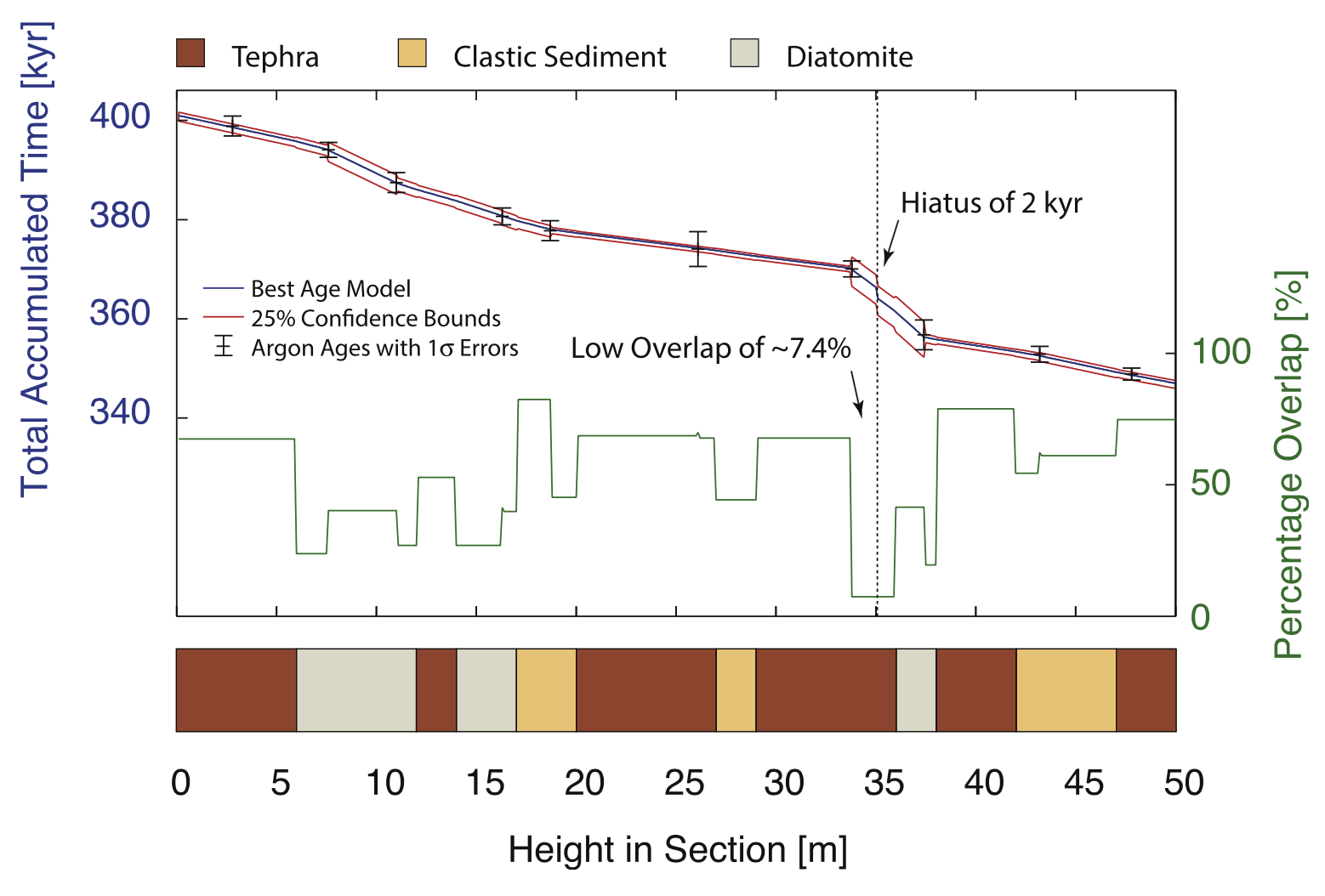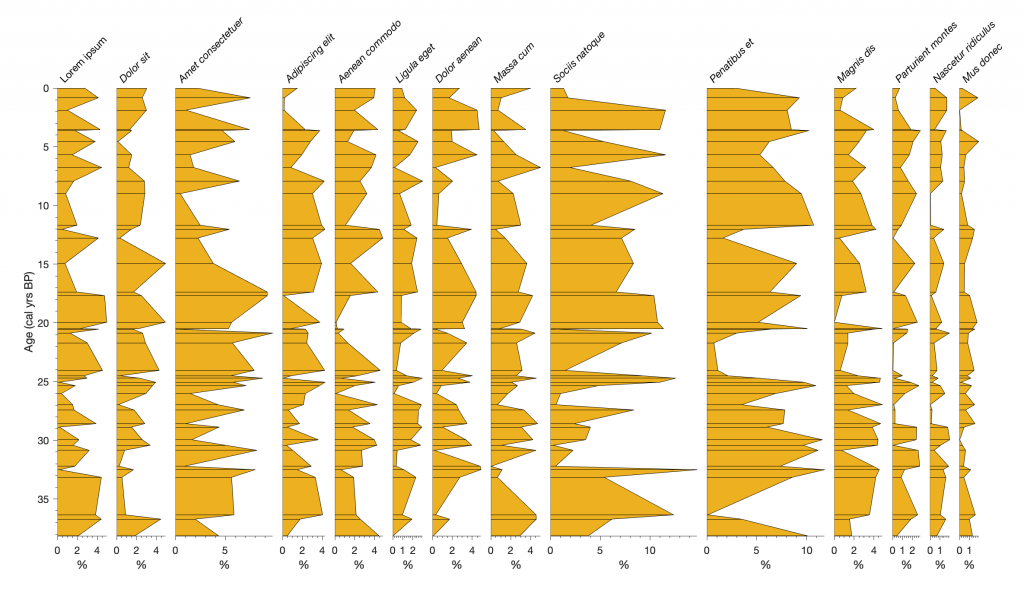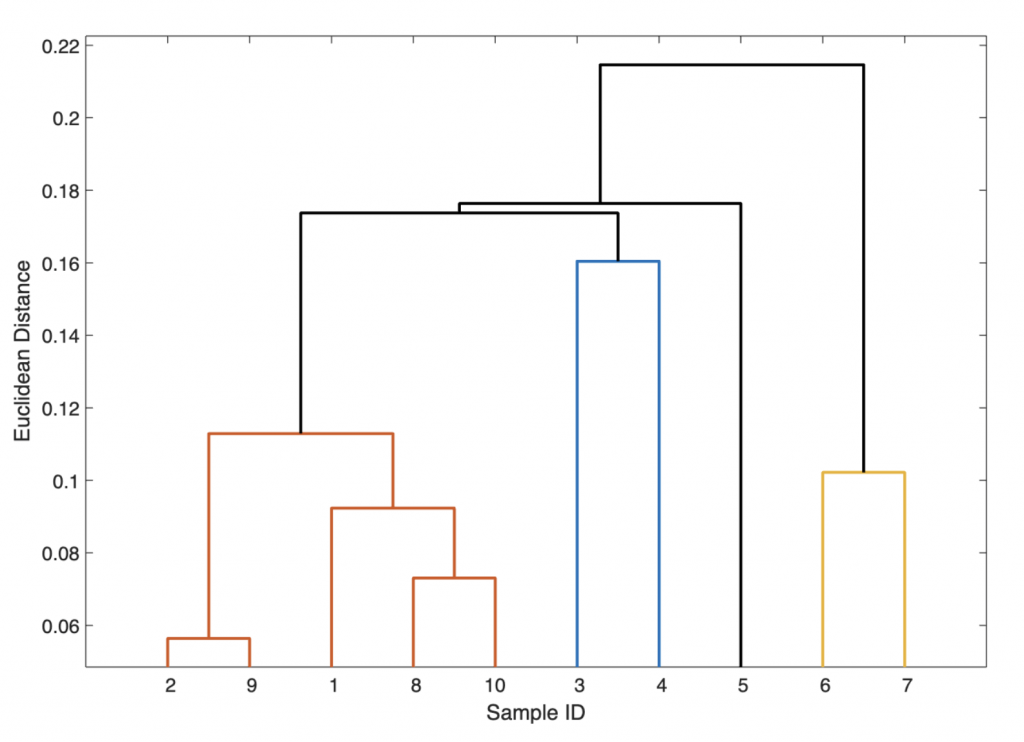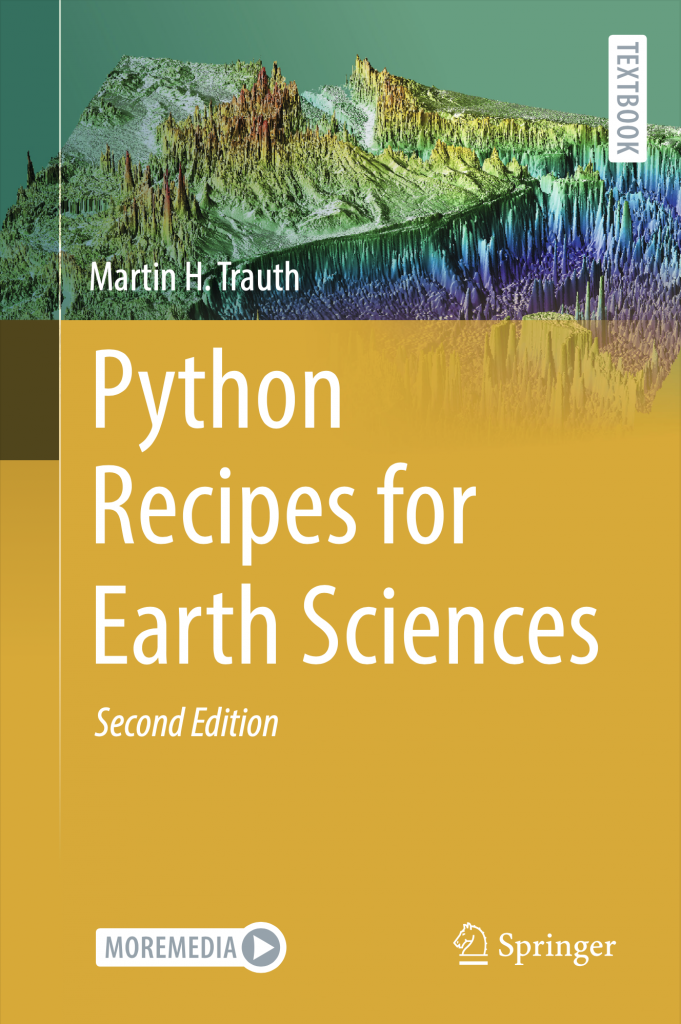
These is the for Python Recipes for Earth Sciences, 2nd Edition (Springer 2024) and MATLAB Recipes for Earth Sciences, 6th Edition (Springer 2024). Continue reading “MRES 6th and PRES 2nd Errata Files”

MATLAB and Python Recipes for Earth Sciences
Martin H. Trauth, University of Potsdam, Germany

These is the for Python Recipes for Earth Sciences, 2nd Edition (Springer 2024) and MATLAB Recipes for Earth Sciences, 6th Edition (Springer 2024). Continue reading “MRES 6th and PRES 2nd Errata Files”

In an article published in Quaternary Geochronology (Trauth, 2014), I introduced a new method for modeling complex stratigraphic sequences. I would like to explain at this point what the result of the modeling is, and what it is not.
Continue reading “Probabilistic Age Modeling for Complex Stratigraphic Sequences”

Sediment data is typically display in diagrams with two axes, a core depth axis and an age axis. Here is a MATLAB script to convert depths into ages and display a sediment parameter in a diagram with both age and depth axis. Continue reading “Displaying Sediment Records with both Age and Depth Axis with MATLAB”

Following the latest political developments and the involvement of the operator of X (formerly known as Twitter), there is a veritable exodus from X to Bluesky. Please follow me there at @martinhtrauth.bsky.social and please also note the very, very well-put together Bluesky starter pack for Quaternary Scientists, put together by Christine Lane from the University of Cambridge. See you there!

Palynologists traditionally use the software Tilia by late Eric Grimm to plot their data, which is also used by micropaleontologists. Here is a MATLAB script to create a diagram that is similar to the typical Tilia graphics.
Continue reading “Drawing Pollen Diagrams with MATLAB”

Cluster analysis creates groups of objects that are very similar to one another compared with other individual objects or groups of objects. The aim of the method is to gain insights into the structure of a data set without predefining categories and therefore cluster analysis is a method of unsupervised learning. Continue reading “Cluster Analysis with MATLAB”

Shortly after this blog went online, I wrote down a short history of the MATLAB Recipes for Earth Sciences (MRES) book. Here is an update, just before the 6th edition is published. Continue reading “The Story of the MRES Book, Editions 1–6”

I just published a the 2nd edition of my textbook “Python Recipes for Earth Sciences” with Springer. This is the Python version of the MATLAB textbook “MATLAB Recipes for Earth Sciences” that will appear in its 6th edition later this year.
Continue reading “New Edition of “Python Recipes for Earth Sciences” (Springer 2024)”